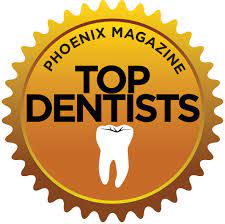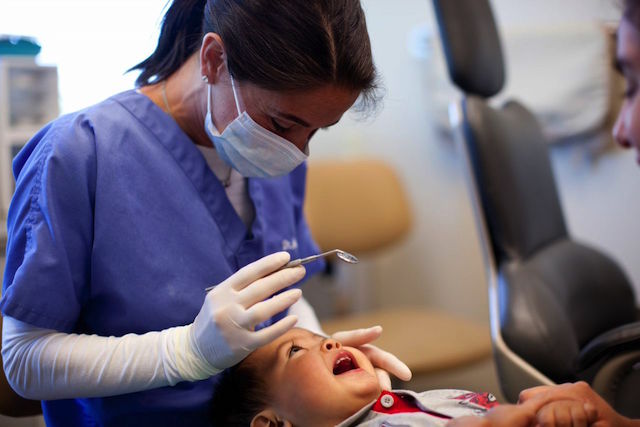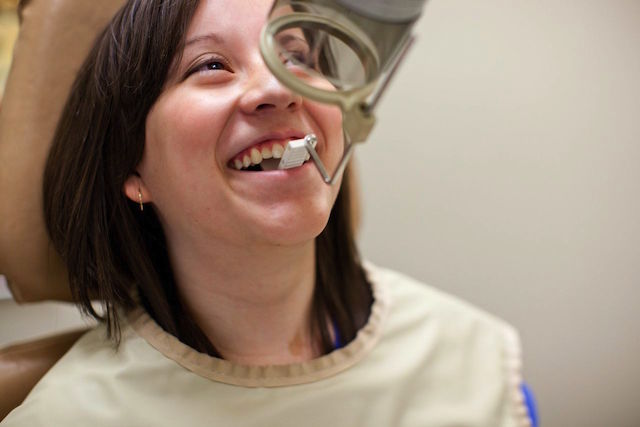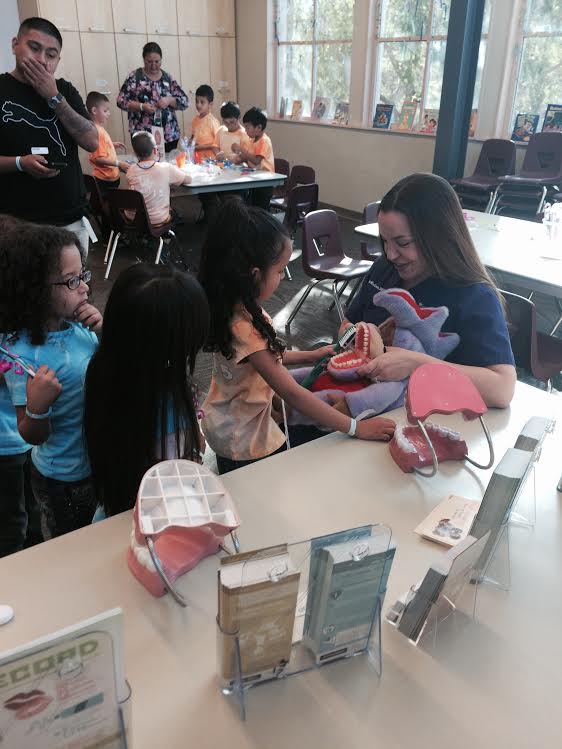Your First Visit
The first dental visit is a very exciting time for a child and their parents.
The first step begins at home, with you. We would like to offer a few suggestions that will ensure that your child’s first visit with us will be a positive experience for him/her. We suggest that you speak very positive and excited about their first visit and explain that we will be “counting and shining” their teeth and we may need to “take pictures” of their teeth.
Tell them that they will get to watch cartoons, play video games, and will even receive a new toothbrush and prize for “big helpers”. We also like to take a picture of your child and the doctor for them to take home to show other family members and friends what a “big helper” they were at their first dental visit.
We recommend that we see your child for their “First Appointment” around their first birthday, unless you have concerns or an emergency arises before then. You and your child will meet with our Treatment Coordinator, who will assist you through your entire first visit to our office. She will review with you your child’s medical history and any dental concerns that you may have at that time. After meeting the doctor, he/she will perform a thorough dental exam on your child. We will use the show, tell and do technique at all times so that you and your child are well aware of what is happening.
We will review our findings with you in detail, and we will do our best to design a treatment plan to fit your time and budget concerns.
When to schedule your first visit
In Arizona, 34% of children have experienced tooth decay by age three.
That is why children should have their first dental exam by their first birthday. This is supported by the American Academy of Pediatric Dentistry and the American Dental Association. Consider it a “Well Baby” check-up for teeth.
The old school of thought, unfortunately still held by some doctors, was to wait until age three or even five. For many children, waiting this late may mean expensive and time-consuming dental treatment.
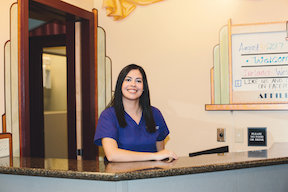
Oral Hygiene
Brushing
Use a toothbrush with soft bristles and a small, “pea size” amount of toothpaste. When you brush your teeth, move the brush in small circular motions to reach food particles that may be under your gum line. Hold the toothbrush at an angle and brush slowly and carefully, covering all areas between teeth and the surface of each tooth. You should take at least two minutes to thoroughly brush your teeth. Brush up on the lower teeth, down on the upper teeth and the outside, inside and chewing surface of all of your front and back teeth. Also brush your tongue before you rinse.
Brush your teeth at least two times daily to avoid the accumulation of food particles and plaque.
If you have orthodontic appliances or are more prone to decay, you may want to brush more frequently:
- In the morning after breakfast
- After lunch or right after school
- After dinner
- At bedtime
As soon as the bristles start to wear down or fray, replace your toothbrush with a new one (about every three to six months). Do not swallow the toothpaste; rinse your mouth thoroughly with water after you finish brushing. Children also benefit from an over-the-counter fluoride rinse starting at age six, or once they can control their swallowing reflex.
Flossing
For areas between the teeth that a toothbrush can’t reach, dental floss is used to remove food particles and plaque. Dental floss is a thin thread of waxed nylon that is used to reach below the gum line and clean between teeth. It is very important to floss between your teeth every day.
Floss at night to make sure your teeth are squeaky clean before you go to bed. When you first begin flossing, your gums may bleed a little. This is a sign of inflammation or gingivitis that should subside after a week of nightly flossing. If the bleeding does not go away, let a staff member know at your next appointment.

